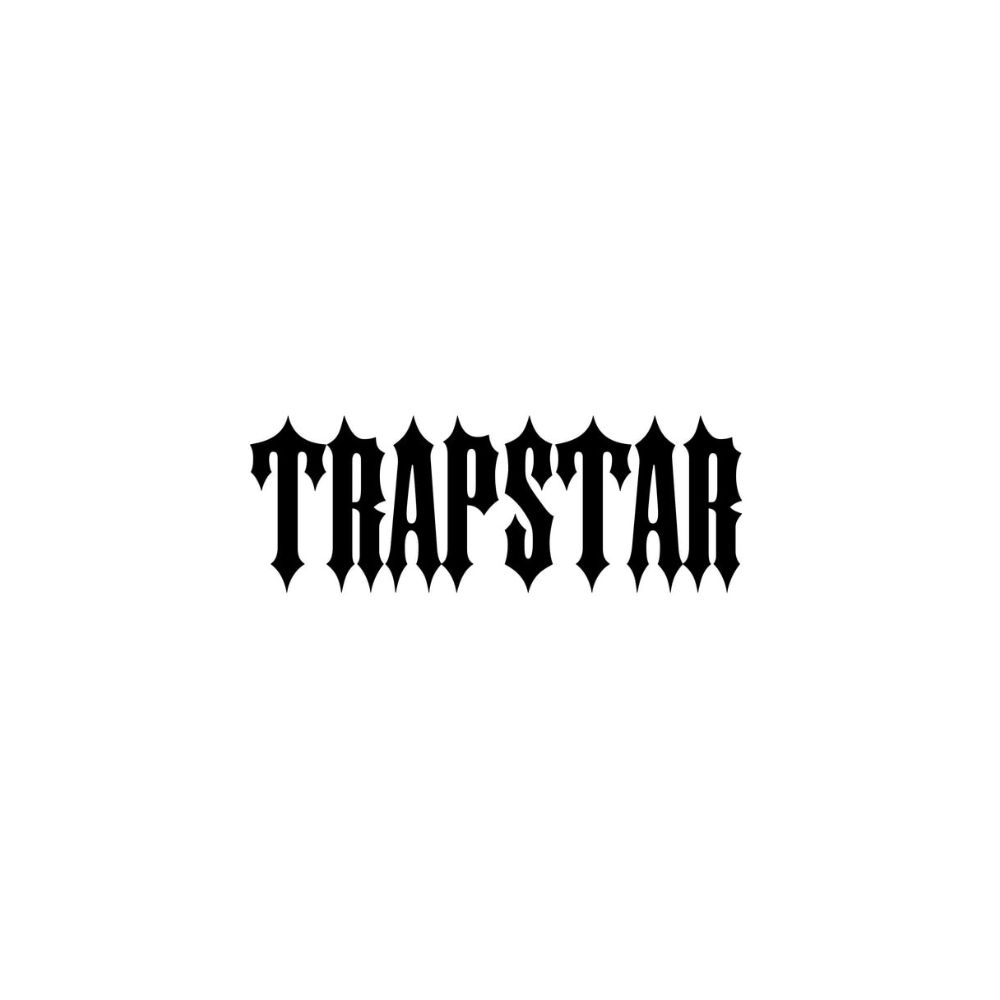More than just clothing, streetwear has always been about identity, culture, and making a statement. Few brands capture that spirit better than Trapstar, the iconic label that transformed from a local London favorite to a global phenomenon, which has its origins in the UK underground scene, has emerged as a fashion revolution.
The Origins of Trapstar in West London
The story of begins in West London, where a group of friends—Mike, Lee, and Will—started printing custom T-shirts in their spare time. They had no formal design training, just a vision and a love for music, fashion, and street culture. Trapstar designs carried mystery, rebellion, and raw creativity—elements that quickly resonated with their community.
They never planned to start a global brand. They simply wanted to make clothing that spoke to people like them—young, bold, and unafraid to challenge the norm. But what started in bedrooms and street corners soon caught fire across the UK.
The Philosophy Behind the Brand
What sets Trapstar apart is its fearless energy and refusal to follow mainstream trends. The name itself evokes a mix of hustle and glamour—trap life mixed with stardom. It represents individuals who rise from tough environments and make their mark on the world, unapologetically.
Their slogan, “It’s A Secret,” played into their mystique. Early fans loved the idea of being part of something underground. Limited drops, low-key releases, and no traditional advertising created organic hype. People wore the clothes because they believed in the message, not because a billboard told them to.
Celebrity Endorsement and Organic Growth
Unlike brands that rely on paid partnerships, it grew organically. UK artists and grime legends like Giggs, Wretch 32, and Skepta became early adopters. When Rihanna was spotted wearing Trapstar in 2012, it sent the brand into a new league. Jay-Z and Roc Nation later partnered, giving the brand international visibility without compromising its roots.
These endorsements didn’t just bring attention—they reinforced authenticity. These artists wore them not because they were paid, but because they connected with the story and style.
Iconic Designs and Streetwear Innovation
This is renowned for its gothic typography, gritty visuals, and military themes. The “Chenille” logo hoodie, camo jackets, and heavy-duty puffer coats have become streetwear staples. Each drop feels limited, unique, and emotionally driven.
The designers experiment with dark colorways, reflective elements, and cultural references. Collaborations with Puma and other brands expanded Trapstar’s influence while keeping its edgy feel intact.
By refusing to sell out or compromise its roots, the brand retained street credibility while attracting a massive global following.
Trapstar London to Global Stages
What started in West London now echoes worldwide. From Tokyo street fashion shows to New York block parties, Trapstar has become a universal symbol of resistance, rebellion, and resilience.
Major fashion retailers like Selfridges, END Clothing, and Farfetch carry the brand, but it still drops exclusive items on its website, rewarding loyal fans who know where to look. This balance between mass exposure and underground loyalty is rare, and it’s what keeps relevant.
Community and Culture The Heart of Trapstar
They never disconnected from their roots. The founders still involve themselves in grassroots projects, local youth initiatives, and urban creative campaigns. They understand that their brand is more than apparel—it’s a cultural voice.
Music, fashion, and storytelling all blend into Trapstar’s identity. The company regularly works with emerging rappers and graphic artists to help them become more well-known. It acts not just as a label but as a platform for emerging voices from marginalized communities.
Trapstar’s Influence on Modern Streetwear
Modern streetwear owes a lot to what was introduced. While American brands dominated in the early 2000s, Trapstar gave Europe its own street-style identity. The brand proved that gritty, British fashion could compete with giants like Supreme, BAPE, and Off-White.
Its success helped spark a wave of UK-based streetwear labels that embraced authenticity, storytelling, and scarcity over mass production. Young designers began to understand that real impact comes from voice, not just visuals.
The Future of Trapstar
The global success of is only the beginning. As fashion becomes more intertwined with culture and digital platforms, Kurtka Trapstar is poised to lead a new generation of streetwear. The brand’s ability to evolve while staying true to its origins makes it a long-term player, not just a trend.
Expect more global collaborations, sustainable drops, and bold statements through fashion. The message remains the same: wear your identity, speak through style, and never forget where you came from.
Final Thoughts
Trapstar is not just a brand—it’s a movement that started in the backstreets of London and echoed across the world. It reshaped how we see fashion, culture, and identity. This continues to define the new era of streetwear with their uncompromising authenticity and bold originality.


